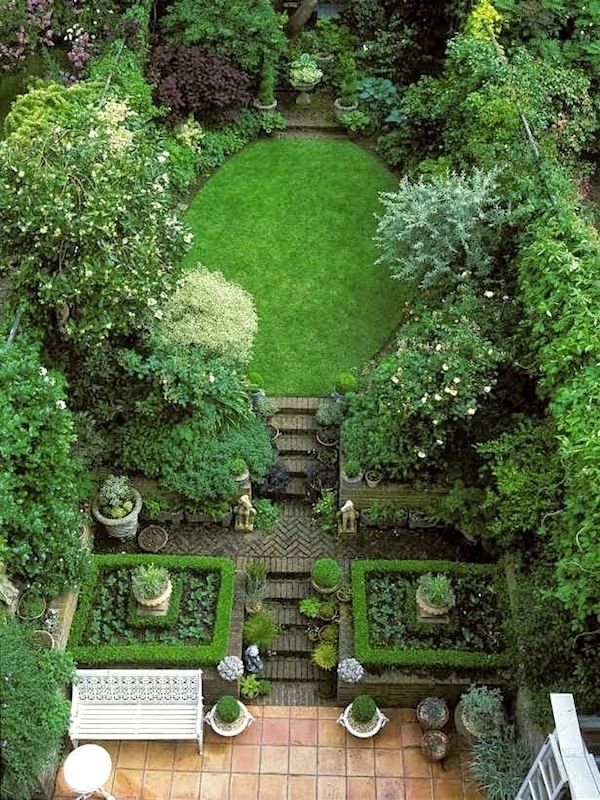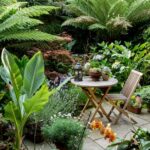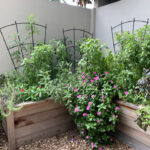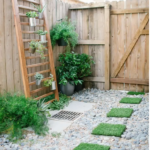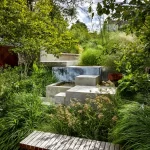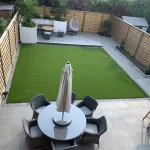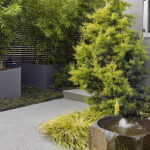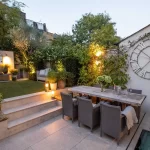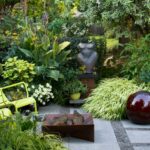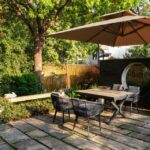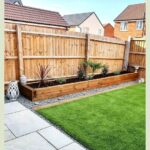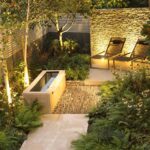When it comes to designing a small garden, there are several important factors to consider in order to make the most of the space available. One key aspect to keep in mind is the layout of the garden. By carefully planning the layout, you can create a sense of space and flow that makes the garden feel larger than it actually is. Consider using geometric shapes and patterns to create visual interest and divide the space into different areas, such as a dining area, seating area, and a small lawn or planting bed.
Another important element of small garden design is choosing the right plants. Opt for compact or dwarf varieties of plants that won’t overwhelm the space. Consider using vertical planting techniques, such as trellises, hanging baskets, or wall-mounted planters, to maximize vertical space and add dimension to the garden. Choose plants that are suited to the specific growing conditions of your garden, such as sun exposure and soil type, to ensure they thrive.
Incorporating elements of hardscaping, such as pathways, walls, and patios, can also help define and maximize the space in a small garden. Use materials that complement the style and scale of the garden, such as natural stone, gravel, or wood, to create a cohesive and visually appealing design. Consider incorporating multi-functional elements, such as built-in seating or storage, to make the most of limited space.
To create a sense of unity and balance in a small garden, use a limited color palette and repeat similar shapes and patterns throughout the space. Consider incorporating a focal point, such as a sculpture, fountain, or decorative plant, to draw the eye and create visual interest. Pay attention to the scale of the elements in the garden, choosing furniture, lighting, and accessories that are proportionate to the size of the space.
Lighting is another important consideration in small garden design. Use a combination of ambient, task, and accent lighting to create a warm and inviting atmosphere in the garden. Consider adding solar-powered lights along pathways or string lights overhead to illuminate the space and extend its use into the evening hours. By carefully planning the design and layout of a small garden, incorporating the right plants and materials, and paying attention to details such as lighting and color, you can create a beautiful and functional outdoor space that feels larger than it actually is.
